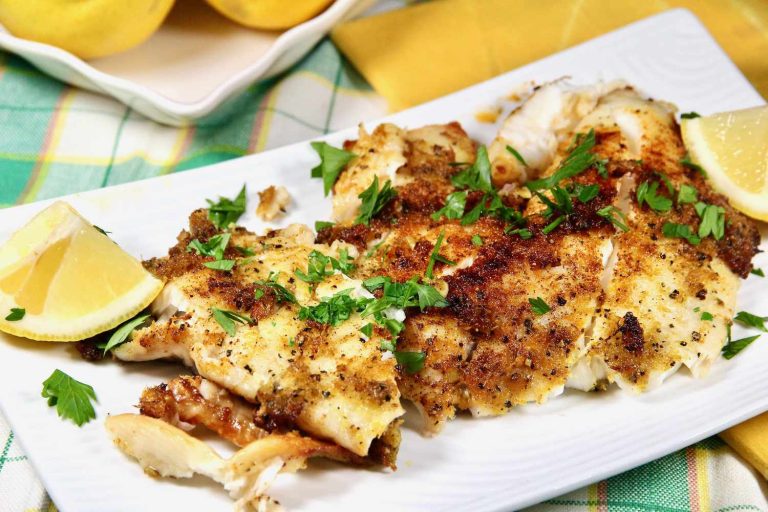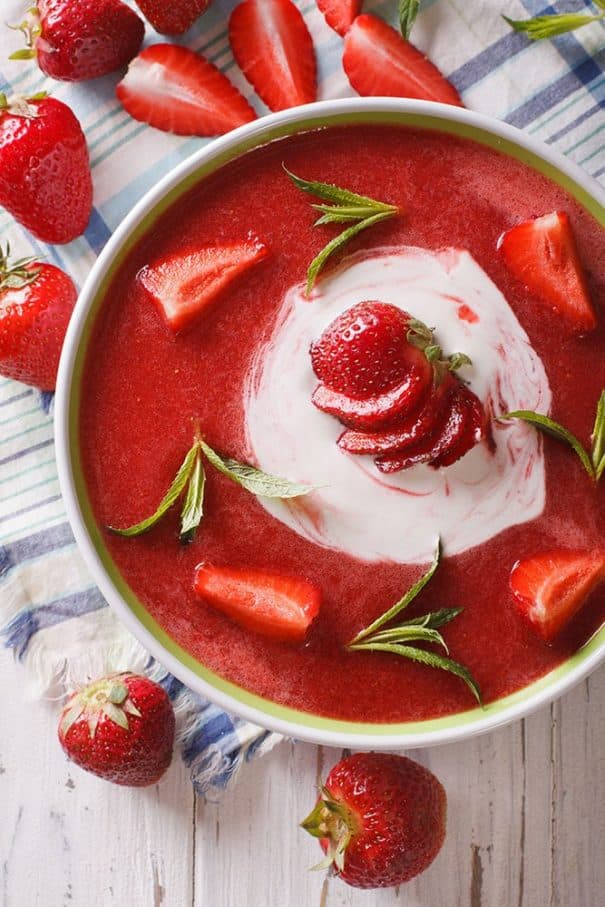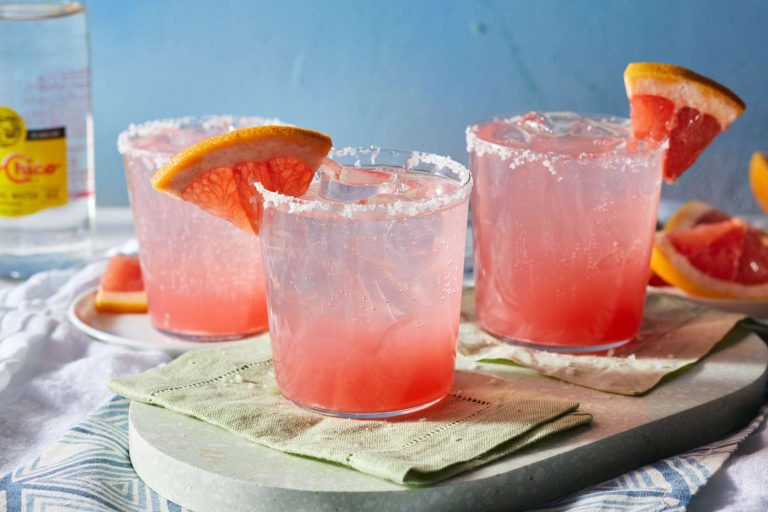Seafood Chowder: History, Styles, and Delicious Pairings
European settlers in North America brought their culinary traditions, which influenced seafood chowder. French, English, and Irish immigrants introduced soup-making techniques using seafood abundant in coastal regions. Recipes from European countries included combining fish or shellfish with potatoes, onions, and milk or cream to create a hearty dish. The seafarers’ methods adapted to local ingredients, evolving into the chowders known today.
Native American Contributions
Native American tribes significantly influenced seafood chowder by introducing local ingredients and cooking methods. They commonly used clams, fish, corn, and other native vegetables. Indigenous cooking techniques—such as using cornmeal as a thickener—were integrated into European-style chowders, enhancing flavor and nutritional value. These contributions were instrumental in forming the distinct characteristics of modern seafood chowders.
Key Ingredients in a Classic Seafood Chowder
Types of Seafood Used
Classic seafood chowder shines with a variety of seafood. Commonly used types include clams, shrimp, scallops, and white fish like cod or haddock. Clams provide a briny flavor, enhancing the chowder’s depth. Shrimp and scallops add sweetness and a delicate texture. White fish, such as cod or haddock, remain firm during cooking and absorb the chowder’s flavors well. Including diverse seafood ensures a flavorful and textured chowder.
Cream vs. Tomato-Based Broths
In seafood chowder, broth choice significantly influences flavor. Traditional New England-style chowder uses a creamy broth made from heavy cream and milk, producing a rich profile. Conversely, Manhattan-style chowder opts for a tomato-based broth, offering a tangy and slightly acidic flavor. While regional preferences vary, both broth types bring unique qualities to seafood chowder. Choosing between cream and tomato bases depends on the desired flavor complexity and personal preference.
Cooking Techniques for the Perfect Chowder
Importance of Simmering
Simmering is crucial in developing a rich, flavorful seafood chowder. Slow and gentle cooking ensures the seafood cooks evenly without becoming tough or rubbery. Inconsistent heat, especially boiling, can break down delicate textures in fish and shellfish, resulting in a less appealing final dish.
Maintain a steady simmer after all ingredients are combined. This technique allows the flavors to meld together, extracting maximum essence from each component. The gradual cooking process also helps the potatoes soften evenly, integrating into the creamy texture characteristic of chowder.
Tips for Creamy Texture without Curdling
Achieving a creamy texture without curdling is essential for an ideal chowder. The heat level plays a significant role in preventing milk or cream from curdling. Keep the temperature moderate and avoid rapid boiling after adding dairy.
Incorporate dairy gradually. Temper the cream by slowly adding a small amount of hot soup to the cream before incorporating it into the main pot. This technique minimizes shock to the dairy, preserving its creamy consistency.
Choose the right type of dairy. Whole milk, heavy cream, or half-and-half work best for chowder, as their higher fat content resists curdling better than lower-fat alternatives. Starches from potatoes also help thicken the broth while stabilizing the dairy.
By mastering simmering and incorporating these dairy techniques, your seafood chowder achieves an optimal balance of flavors and textures.
Regional Variations of Seafood Chowder
New England Chowder
New England chowder, widely known for its creamy base, features rich flavors and a hearty consistency. The classic ingredients include clams, potatoes, onions, and bacon. Cream or milk forms the rich, smooth base, which thickens slightly from the starch in the potatoes. Oyster crackers often accompany this chowder, enhancing the overall experience. Locals cherish the simplicity and depth of flavor, making it a staple in New England diets.
Manhattan Chowder
Manhattan chowder stands out with its clear, tomato-based broth, offering a lighter and tangier alternative. Common ingredients include clams, tomatoes, celery, and carrots. The broth’s flavor comes from the mixture of vegetables, with tomatoes providing a distinctive kick. Unlike its New England counterpart, Manhattan chowder often includes a variety of herbs, such as thyme and parsley, highlighting a different aspect of seafood chowder appreciation. The combination of fresh vegetables and seafood makes it a popular choice for those seeking a less rich but equally flavorful option.
Pairing and Serving Suggestions
Best Breads to Accompany Chowder
Select breads that enhance your chowder experience. Opt for crusty breads like sourdough, artisan baguettes, or ciabatta. These varieties, with their firm textures, soak up the chowder’s broth without disintegrating.
- Sourdough: Provide a slightly tangy flavor that complements the chowder’s creamy or tangy base.
- Artisan Baguettes: Offer a crunchy exterior and soft interior, perfect for dipping.
- Ciabatta: Present a porous texture that absorbs the savory broth effectively.
Avoid soft breads as they tend to become soggy when dipped.
Wine Pairings with Seafood Chowder
Choose wines that complement the distinct flavors of seafood chowder. White wines work best as they don’t overpower the dish’s delicate seafood notes.
- Chardonnay: A full-bodied Chardonnay pairs well with creamy New England chowder, balancing its richness.
- Sauvignon Blanc: Offers a crisp, fresh taste that aligns with the lighter, tangier flavors of Manhattan chowder.
- Pinot Gris: Adds a subtle sweetness, enhancing the chowder’s seafood components.
Opt for unoaked versions to avoid introducing strong, woody flavors that conflict with the chowder’s profile.
Conclusion
Seafood chowder is more than just a dish; it’s a culinary experience deeply rooted in history and regional traditions. Whether you prefer the creamy richness of New England chowder or the tangy freshness of Manhattan style, there’s a version to suit every palate. Mastering the cooking techniques and experimenting with pairings can elevate your chowder to new heights. So, grab your favorite crusty bread, pour a glass of wine, and savor the comforting flavors of this timeless classic. Dive into the world of seafood chowder and discover your new favorite way to enjoy the bounty of the sea.






